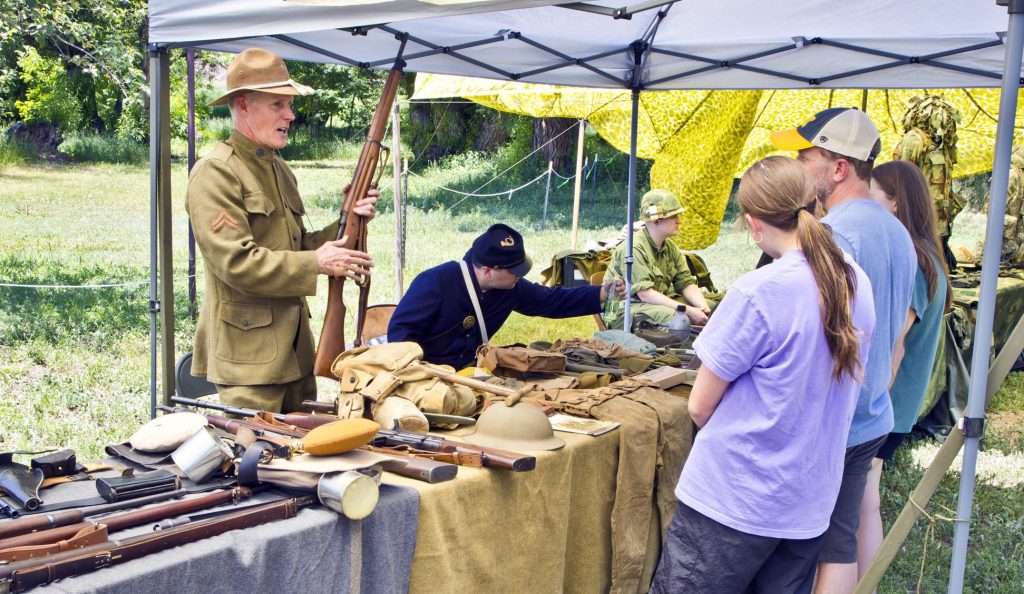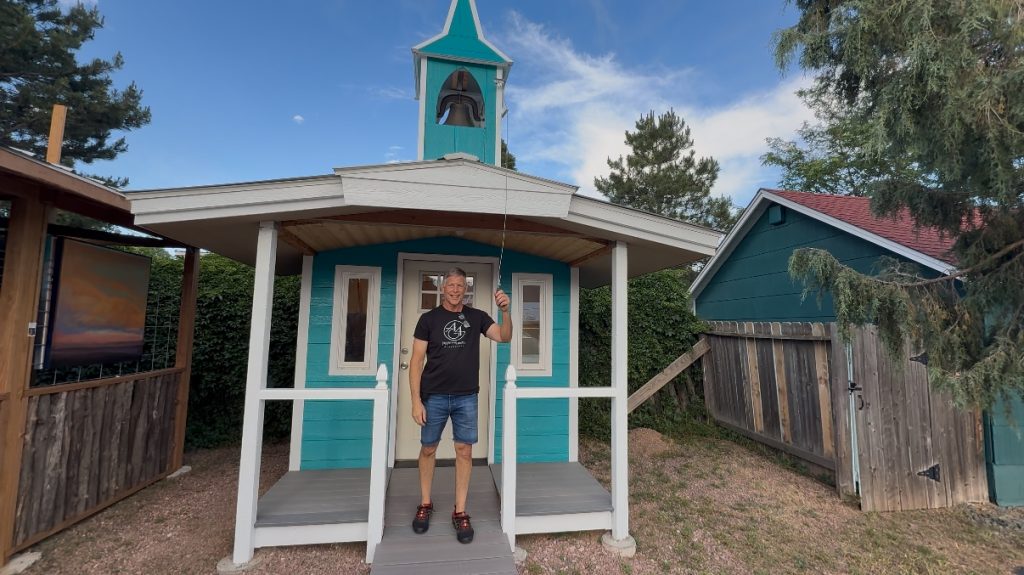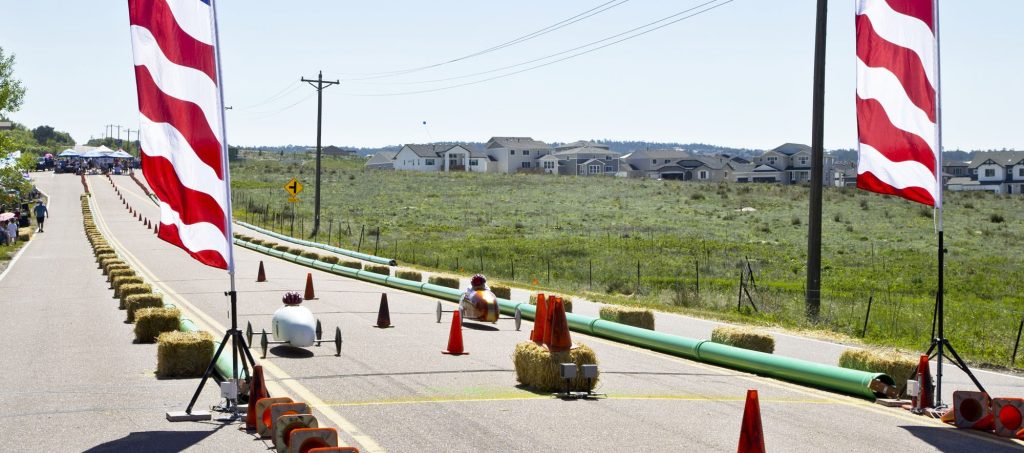- Problematic Summer Romance
- One Golden Summer
- Say You’ll Remember Me
- Done and Dusted: A Rebel Blue Ranch Novel
- Sounds Like Love
- Out of the Woods
- The Summer I Turned Pretty
By the staff at Covered Treasures
“The Very Essence of Romance is Uncertainty” — Oscar Wilde
While it’s hot outside, grab a good romance and sit under the shade of a tree. Check out these new titles below to smile, laugh, cry, and feel the love.
Problematic Summer Romance

By Ali Hazelwood (Berkley Books) $20
Maya Killgore is twenty-three and still in the process of figuring out her life. Conor Harkness is thirty-eight, and Maya cannot stop thinking about him. She and Conor unexpectedly end up stuck together in a romantic Sicilian villa for over a week at her brother’s destination wedding. When things begin to erupt out of control, she decides that a summer fling might be just what she needs-even if it’s a problematic one.
One Golden Summer
By Carley Fortune (Berkley Books) $19
Charlie Florek was nineteen when Alice took his photo from afar. Reunited years later, the sun-slanted days and warm nights out on the lake with Charlie are a balm for Alice’s soul. But when she looks up and sees his piercing green gaze directly on her, she begins to worry for her heart. As a photographer, Alice sees people, but she’s never met someone who looks and sees her right back.
Say You’ll Remember Me
By Abby Jimenez (Forever) $28
There might be no such thing as a perfect guy, but Xavier Rush comes disastrously close. After one incredible and seemingly endless date, Samantha is forced to admit the truth, that her family is in crisis and any kind of relationship would be impossible for her. Samantha begs Xavier to forget her; To remember their night together as a perfect moment, as crushing as that may be. Only no amount of distance or time is nearly enough to forget there is something between them.
Done and Dusted: A Rebel Blue Ranch Novel
By Lyla Sage (Dial Press) $30
Clementine Ryder has accomplished everything on her to-do list. She left her small hometown of Meadowlark, Wyoming, went to college, and made a career for herself doing her favorite thing: riding horses. But after an accident makes it impossible for her to get back into the saddle, she has no choice but to return to the hometown she always wanted to escape. Luke Brooks is Meadowlark’s most notorious bad boy, bar owner, and bachelor. It’s been years since he’s seen her, but when she walks into his bar and back into his life, he can’t take his eyes off her.
Sounds Like Love
By Ashley Poston (Penguin Publishing Group) $19
Joni Lark is one of the most coveted songwriters in LA, but she can’t seem to write. There’s an emptiness inside her, and nothing seems to fill it. She returns to her hometown but when she gets there, nothing is how she left it. How can she think about writing her next song when everything is changing without her? Until she hears it. A melody in her head, lyric-less and half-formed, and an alluring and addictive voice to go with it — belonging, apparently, to a wry musician with hangups of his own.
Out of the Woods
By Hannah Bonam-Young (Dell) $15
High school sweethearts Sarah and Caleb Linwood have always been a sure thing. For the past seventeen years, they have had each other’s backs through all of life’s ups and downs. Then a challenging event happens and causes a rift that unearths a decade of grievances and doubts. In a desperate attempt to fix what they fear is breaking, Sarah and Caleb make the spontaneous decision to get out of their comfort zones and join a grueling hiking trip intended to guide couples through rough patches. What follows is a life-affirming comedy of errors as two nature-averse people fight their way out of the woods in order to find their way back to their roots.
The Summer I Turned Pretty
By Jenny Han (Simon & Schuster Books for Young Readers) $20
Belly has spent her summers at the beach house with Conrad and Jeremiah, who had never noticed her noticing them. Every summer Belly hoped it would be different. This time, it is. The summer that Belly turns pretty is the summer that changes everything — for better and for worse.
Until next month, happy reading.
The staff at Covered Treasures can be reached at books@ocn.me.
Other Covered Treasure Bookstore articles
- Between the Covers at Covered Treasures Bookstore – Settle in for some Romance (7/31/2025)
- Between the Covers at Covered Treasures Bookstore – Summer fun has begun (7/3/2025)
- Between the Covers at Covered Treasures Bookstore – Let’s get cooking! (6/7/2025)
- Between the Covers at Covered Treasures Bookstore – Celebrating Poetry Month and Earth Day (4/5/2025)
- Between the Covers at Covered Treasures Bookstore – March mystery madness (3/1/2025)
- Between the Covers at Covered Treasures Bookstore – Books that showcase love (2/1/2025)
- Between the Covers at Covered Treasures Bookstore Ring in the New Year with a Book (1/4/2025)
- Between the Covers at Covered Treasures Bookstore – Great gift ideas (12/5/2024)
- Between the Covers at Covered Treasures Bookstore – New fall releases (11/2/2024)
- Between the Covers at Covered Treasures Bookstore – Book series for children and young adults (10/5/2024)























































































































































